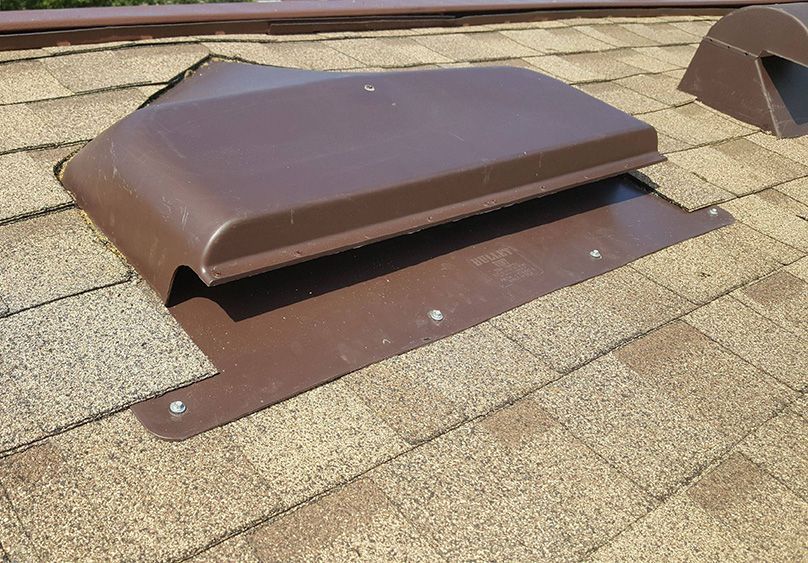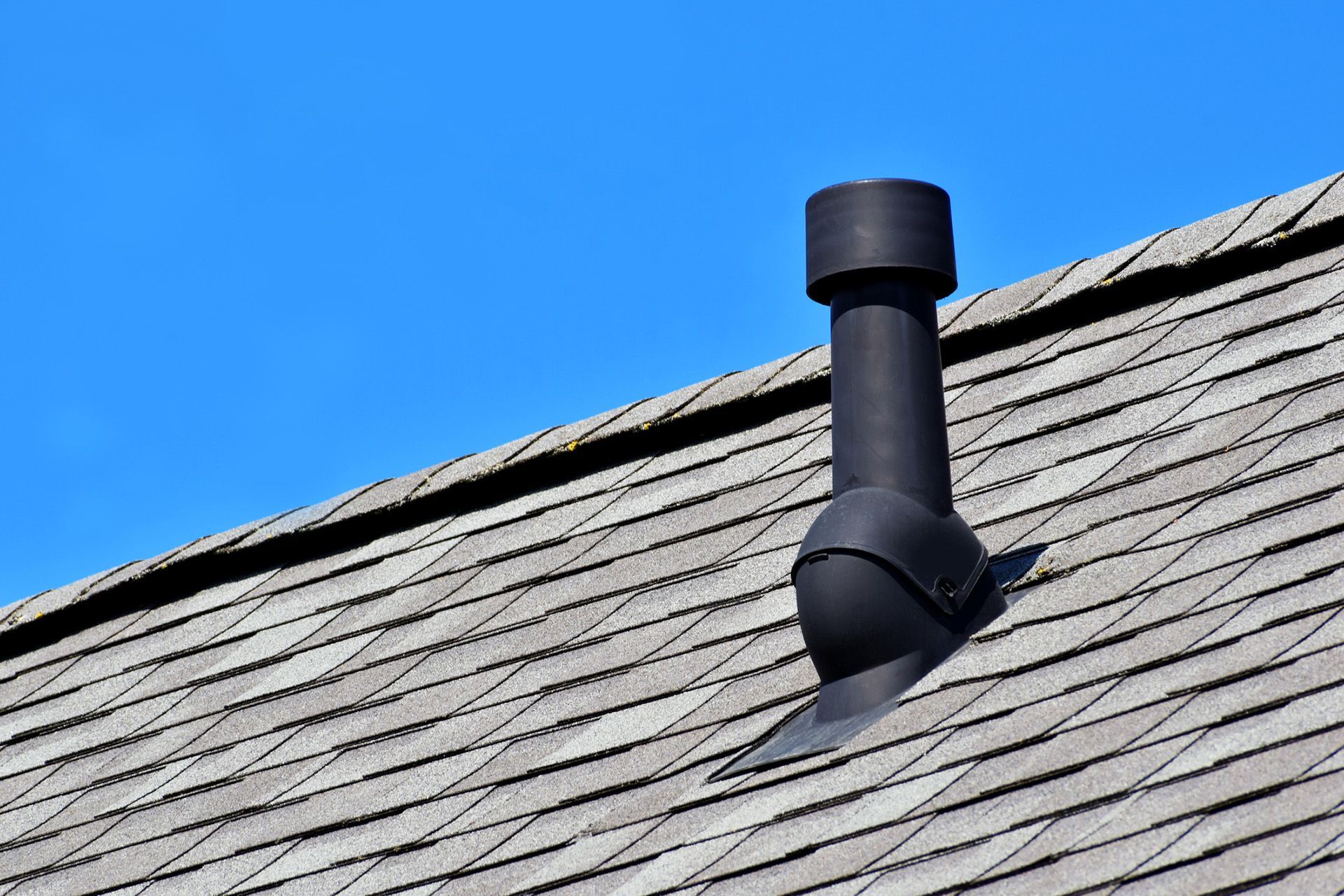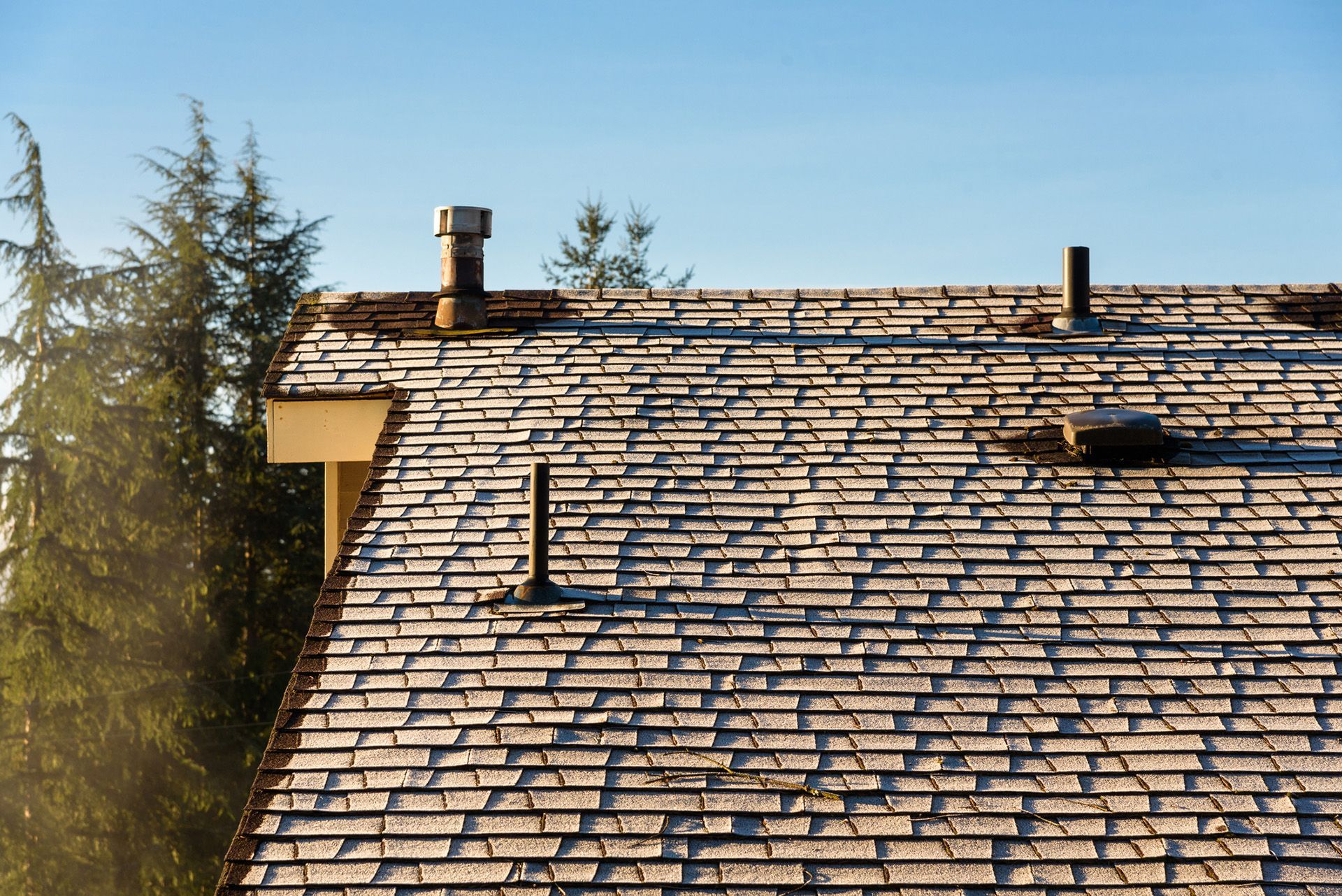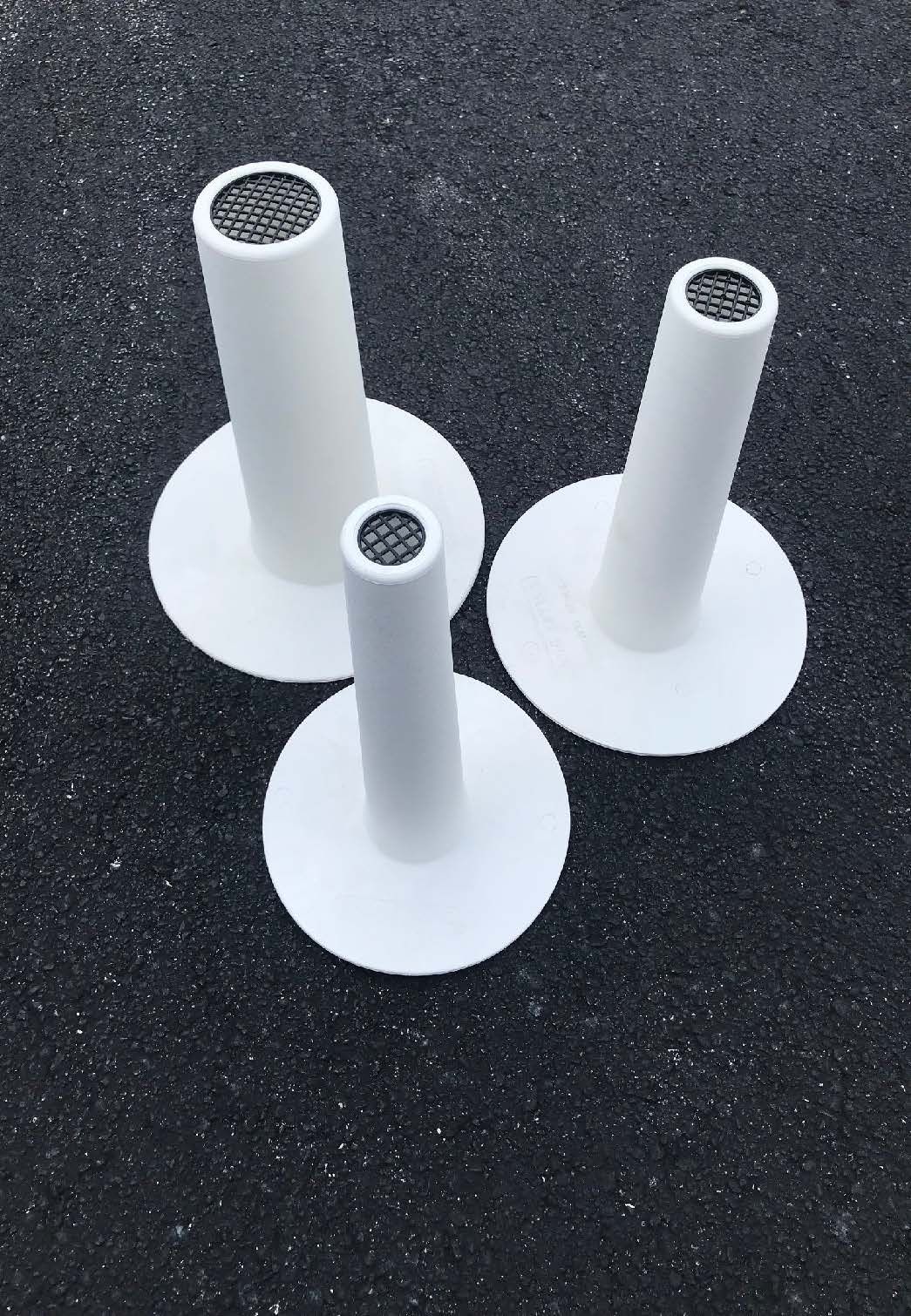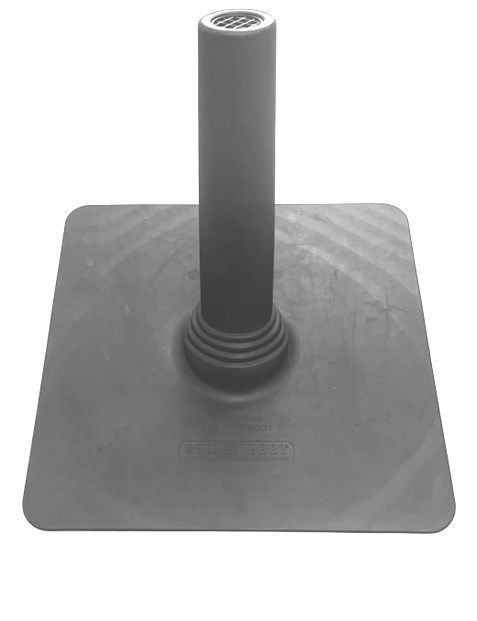Proper Roof and Attic Ventilation for Your Home
WHY PROPER ROOF AND ATTIC VENTILATION IS IMPORTANT FOR YOUR HOME
Proper roof ventilation probably is not something you think about very often, but it plays an important role in many aspects of day-to-day life in your home. Having the right amount of ventilation in your attic can have a positive effect on the lifespan of your roof system, the comfort and well-being of your family, your future costs for home repairs, and how much you pay for heating and cooling.
How Attic Ventilation Works
The basics of ventilation are simple: it is the flow of air through a system of intake and exhaust. Proper ventilation only works when air flows. There are two key methods to create airflow within an attic:
- Mechanical – this requires a power source.
- Natural – use natural roof ventilation whenever possible.
When creating natural ventilation, the stack effect and the wind effect work together to naturally circulate air. The stack effect happens when hot air rises and creates a higher pressure at high points in the attic. The hot air that escapes is the exhaust. However, this hot air cannot get out without an inlet for cooler, low-pressure air. The cool air that enters is the intake.
When the wind blows against the outside of a roof and increases the volume of intake and exhaust. This is the wind effect. Intake and exhaust produce the natural flow of air to create a well-vented attic.

Exhaust vents allow exhaust to escape.
Ridge vents are the most common type of exhaust vents. Installation occurs at the intersection of two roof planes (also known as ridges). Gaining in popularity these days are off ridge vents (ORV’s), which are installed just below the ridge.
Intake vents allow the intake of fresh air.
They are found at the edges of the roof, these intake vents can be installed at the eaves under the soffit, at the drip edge, or under the shingles at the roof’s edge. The intake vents work in conjunction with ridge vents to allow cool air to enter the attic space, forcing warm air to exit through the ridge vents.
Why Proper Roof Ventilation is Important
Proper ventilation in your attic helps address excess heat and moisture that can otherwise wreak havoc on your home. Heat and moisture buildup in an attic cause predictable but different problems in hot and cold climates; areas with hot summers and cold winters can suffer the effects of both.
Extends the life of your roof.
Have you had icicles build up on the edges of roofs and gutters? This buildup is ice damming and you can see the icicles, but you cannot see the damage that they are doing to the edge of your roof.
Ice damming occurs when heat from inside your attic combines with heat from the sun to melt snow and ice on your warm roof. When that water runs to the edge of the roof, it begins to refreeze. As the ice and water build-up at the edges of your roof, it can back up both behind and underneath the roofing materials. This can cause damage to your whole roof system, your attic, and even the walls of your home.
Proper ventilation lets this warm air escape before it has a chance to melt the snow and ice on your roof. A well-vented roof is easy to see in the winter months – it may have snow on the roof but there is not an icicle in sight.
Ventilation matters when it is hot outside as well. When it is hot outside, the temperature on your roof can be nearly double. Thus, a hot roof over a poorly vented attic translates into an extremely hot attic.
Why? Poorly ventilated attic spaces do not have an escape route for the heat that builds up. This buildup of heat can cause damage to your shingles from the inside out. An evenly vented roof lets the hot air escape keeping your roof and attic cooler
Reduces energy costs.
When the temperatures start to climb outside, we all want to stay cool inside. A properly vented roof allows heat to escape, which in turn reduces the workload on your air conditioner. This affects your wallet: an air conditioner that is running less means a lower electric bill.
Reduces extremes in indoor temperatures.
When you walk upstairs does it feel at least 10 degrees warmer than it was in your living room? If you live in a ranch-style home you may also notice that although the room does not feel cool, your feet are.
These indoor temperature extremes are typically the result of poorly vented roofs. When your roof is adequately vented to allow the hot air to escape and the cool air to enter the attic space, your home will be more comfortable year-round.
Spotting the Signs of Improper Ventilation
An inadequate attic ventilation system can cause a variety of problems that manifest themselves in different ways. Here are some subtle and some not-so-subtle things to watch out for:
- An unexplained uptick in your household heating and cooling bills, which can happen if your attic insulation gets wet and loses its effectiveness
- More frequent HVAC repairs as heating and cooling equipment that is under a heavier workload can become more prone to breakdowns or even premature failure
- A wavy or rippled appearance to your home’s roofline and shingles occurs by the warping of moisture-damaged decking underneath.
- Rust and corrosion on metal materials in the attic. Such as nail heads, electrical boxes, light fixtures, and HVAC system components
- Dampness or water stains on the attic side of your roof sheathing, or any evidence of deterioration and decay of the roof’s structural supports
- An increase in discomforting allergy symptoms or respiratory illnesses among your family members, which may be related to the spread of fungi spores through your indoor air supply from mold growth in your attic.
If you decide to check for these signs on your roof or in your attic, be sure to keep safety in mind. Instead of climbing up on the roof, walk around the outside of your home and look up from ground level using a pair of binoculars. If you head up to the attic, make sure the space is well-lit. Also, you have a sturdy walking path and are wearing proper protective gear.
What to Do About a Poorly Ventilated Attic
If you identify or have concerns about any of the above warning signs, it’s wise to have your attic inspected by a certified roofing contractor who can assess whether there’s enough ventilation. They can recommend what options exist to improve ventilation and make sure it is effective. They will take various factors into account to do this, such as:
- The local climate in your area
- Your roof’s architecture
- The age of your shingles
- The condition of the decking and other roof components
- Whether your attic floor is sealed and well-insulated
If your roof is getting close to the end of its lifespan, or the decking or other components have become damaged or deteriorated, repairs or a replacement is recommended. Additionally, the following steps to properly ventilate your attic:
- Installing continuous soffit vents along the outer edge of the eaves
- Adding a ridge vent
- Insulating along the top plates to meet or exceed the R-value already in the walls
- Sealing the attic floor making it airtight, and making sure there is the recommended R-value of properly installed insulation in place. Make sure that it doesn’t block the soffit vents
- Allowing one to two inches of air space between the installed insulation and roof sheathing


